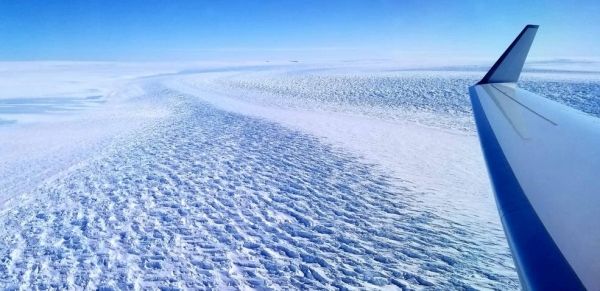Their analysis of Denman — a single glacier that holds as much ice as half of West Antarctica — also shows that the shape of the ground beneath the ice sheet makes it especially susceptible to climate-driven retreat.
Until recently, researchers believed East Antarctica was more stable than West Antarctica because it wasn't losing as much ice compared to the glacial melt observed in the western part of the continent. "East Antarctica has long been thought to be less threatened, but as glaciers such as Denman have come under closer scrutiny by the cryosphere science community, we are now beginning to see evidence of potential marine ice sheet instability in this region," said Eric Rignot, project senior scientist at JPL and professor of Earth system science at UCI.
"The ice in West Antarctica has been melting faster in recent years, but the sheer size of Denman Glacier means that its potential impact on long-term sea level rise is just as significant," Rignot added. If all of Denman melted, it would result in about 4.9 feet (1.5 meters) of sea level rise worldwide.
Using radar data from four satellites, part of the Italian COSMO-SkyMed mission that launched its first satellite in 2007, the researchers were able to discern the precise location where the glacier meets the sea and the ice starts to float on the ocean, or its grounding zone. The scientists were also able to reveal the contours of the ground beneath portions of the glacier using data on ice thickness and its speed over land.
Continue reading at NASA Jet Propulsion Laboratory
Image via NASA Jet Propulsion Laboratory


